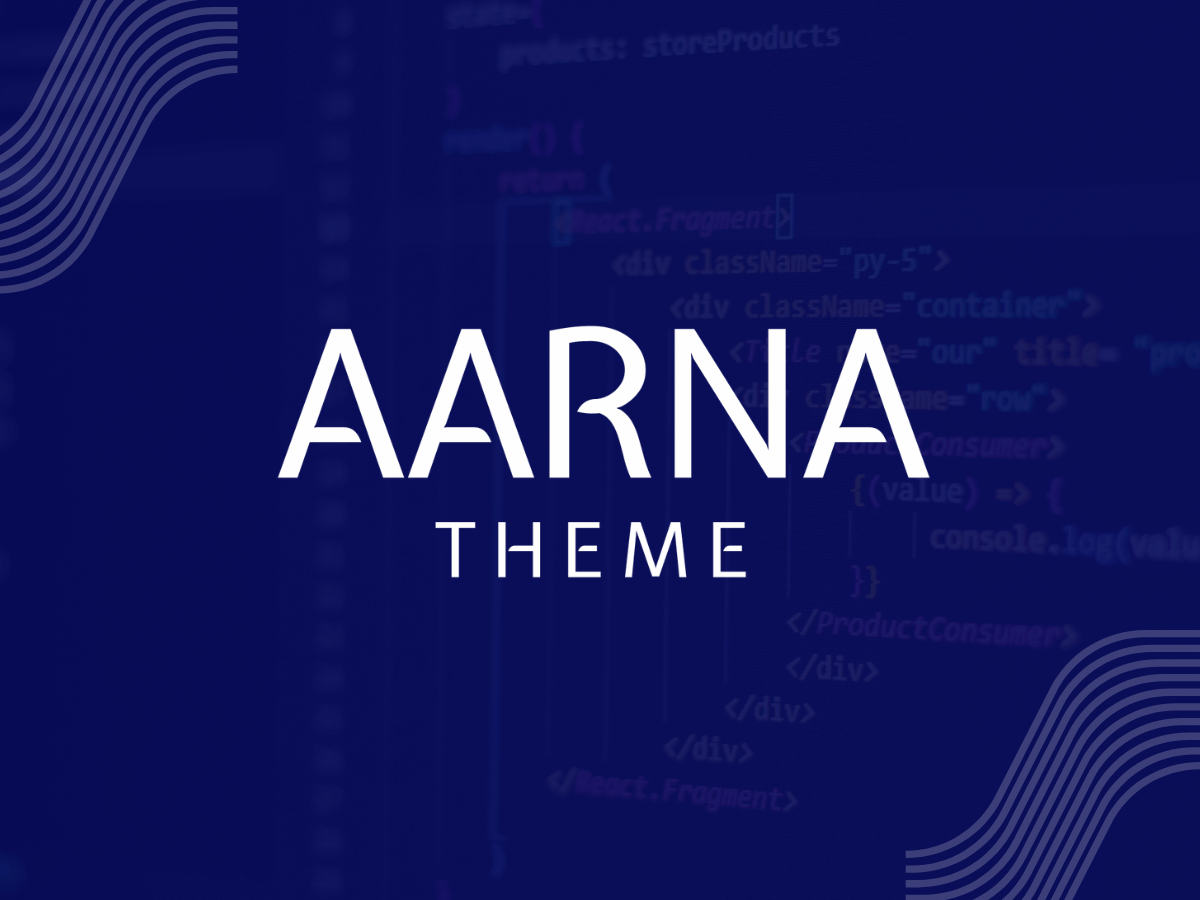In the evolving landscape of web development, the Jamstack architecture has emerged as a revolutionary approach that’s reshaping how we build and deploy websites and applications. Jamstack—an acronym for JavaScript, APIs, and Markup—promises to enhance performance, security, and scalability. But what makes Jamstack so compelling, and why is it being hailed as the future of web development? Let’s dive into the key reasons driving its rise and what it means for developers and businesses alike.
What is Jamstack?
Jamstack is an architectural approach that emphasizes decoupling the frontend from the backend. It leverages static site generation, serverless functions, and APIs to build modern web applications. Unlike traditional monolithic systems, where the frontend and backend are tightly integrated, Jamstack separates these concerns, allowing developers to focus on creating a streamlined and efficient user experience.
Key Reasons Why Jamstack is the Future
- Performance Optimization
Static Site Generation (SSG): Jamstack sites are typically built as static files that are pre-rendered at build time. This results in faster load times since there’s no need to query a database or run complex server-side processes on each request. As a result, users experience near-instant page loads, which is crucial for maintaining engagement and improving SEO.
Content Delivery Networks (CDNs): By serving static files through a CDN, Jamstack sites benefit from global distribution, reducing latency and speeding up content delivery across various geographical locations.
- Enhanced Security
Reduced Attack Surface: Since Jamstack sites don’t rely on a traditional server or database that’s constantly interacting with users, they inherently have a smaller attack surface. Static files and serverless functions are less prone to vulnerabilities compared to dynamic server-side applications.
Built-In HTTPS: Many Jamstack hosting platforms offer automatic HTTPS, ensuring secure connections without additional configuration. This built-in security feature further protects user data and builds trust.
- Scalability and Flexibility
API-Driven Architecture: By decoupling the frontend from the backend, Jamstack allows developers to scale different parts of the application independently. APIs can handle varying loads without affecting the performance of the static frontend.
Serverless Functions: Jamstack often utilizes serverless functions for backend logic, which can scale automatically based on demand. This eliminates the need for server management and allows developers to focus on writing code rather than managing infrastructure.
- Improved Developer Experience
Faster Development Cycles: With static site generators and headless CMSs, developers can quickly build, test, and deploy websites. The separation of concerns allows for a more modular approach, making it easier to manage and iterate on different parts of the application.
Modern Tools and Ecosystem: The Jamstack ecosystem is rich with modern tools and technologies, such as React, Vue.js, and Gatsby, which offer advanced features and a smooth development experience. Integration with headless CMSs like Contentful or Sanity further streamlines content management.
- Cost Efficiency
Lower Hosting Costs: Static sites are cheaper to host because they don’t require complex server infrastructure. Many Jamstack hosting services offer pay-as-you-go pricing models, which can be more cost-effective compared to traditional hosting solutions.
Reduced Maintenance Costs: With serverless functions and managed services, developers spend less time on server maintenance and updates, resulting in lower operational costs and fewer resources dedicated to infrastructure management.
Practical Use Cases for Jamstack
E-commerce Sites: Jamstack can power high-performance e-commerce sites by integrating with headless e-commerce platforms and leveraging static site generation for product pages.
Blogs and Content Sites: Static site generators like Gatsby or Hugo are perfect for content-heavy sites where performance and SEO are priorities. They offer fast load times and easy integration with headless CMSs.
Marketing Sites: Companies can use Jamstack to build landing pages, marketing sites, and campaign pages that are fast, secure, and easily scalable.
Conclusion
The rise of Jamstack represents a significant shift in web development, driven by the need for faster, more secure, and scalable solutions. By embracing the principles of decoupling, static site generation, and serverless architecture, Jamstack provides a modern approach that addresses many of the challenges faced by traditional web development methodologies. As the web continues to evolve, Jamstack is poised to play a crucial role in shaping the future of how we build and experience digital content.
For developers and businesses looking to stay ahead of the curve, exploring Jamstack could be the key to unlocking new levels of performance and efficiency. Embrace the future of web development with Jamstack and see how it can transform your projects and workflows.




